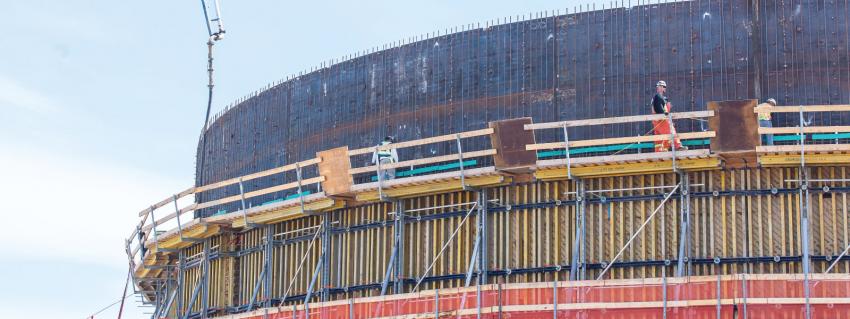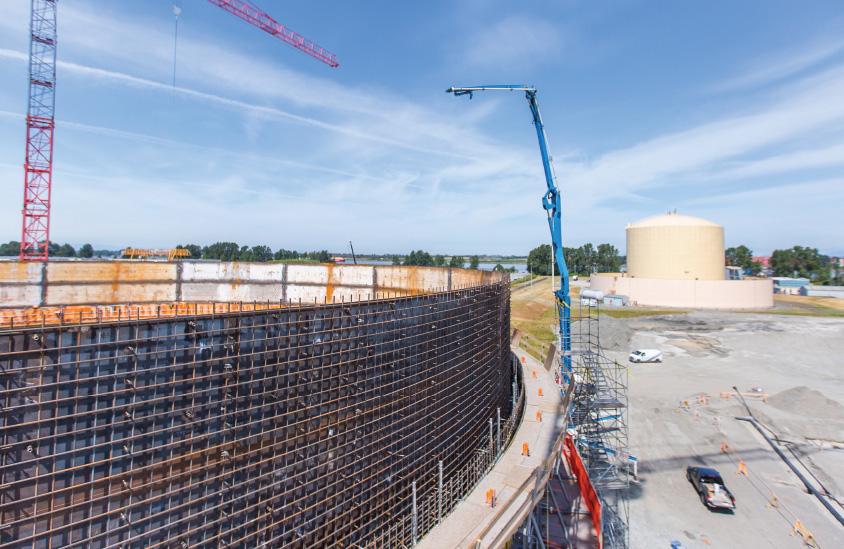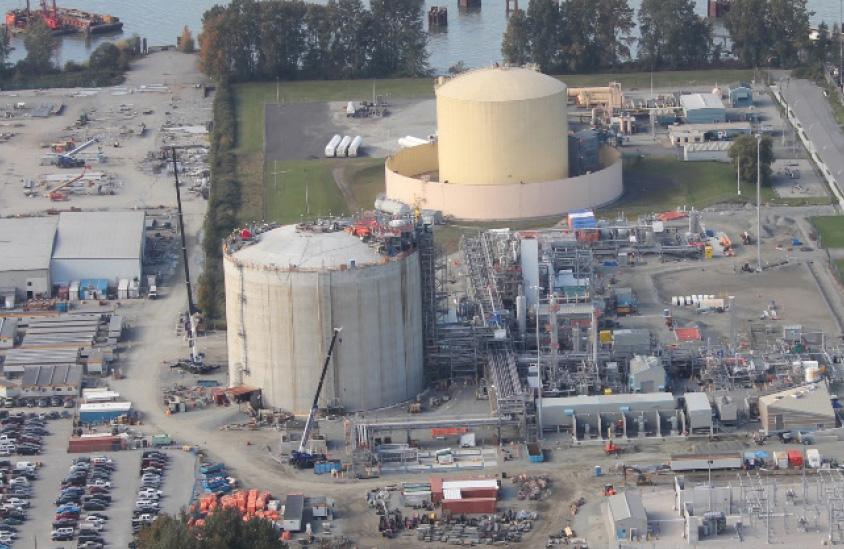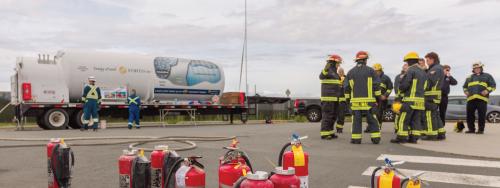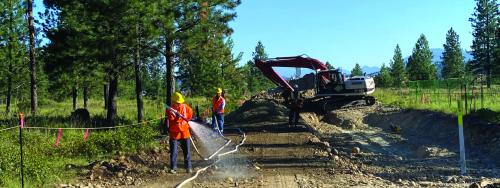Our chief LNG engineer explains how Tilbury would weather an earthquake
The Tilbury LNG Expansion project in Delta is nearing completion. Once completed, the facility will add about one million gigajoules of liquefied natural gas (LNG) storage as well as 34,000 gigajoules of liquefaction capacity per day to FortisBC’s operations. The existing Tilbury LNG facility has been providing natural gas to utility customers safely and reliably since 1971. The expansion will provide LNG for the transportation market, remote communities and the marketplace.
What can you tell us about the design of the new tank and liquefaction plant, as it relates to seismic resiliency?
The expanded facility will meet the most rigorous standards and requirements. Before we started construction on the tank and LNG process equipment, the first step was to install more than 3,000 stone columns below ground to compress and condense the sub-surface ground. This was done to provide the facility with a solid base, helping to ensure the structural integrity of the tank and processing equipment wouldn’t be jeopardized during an earthquake.
What would happen in the event of an earthquake?
Seismic sensors are installed around the tank. They record the magnitude of the earthquake that's occurred, and alert the operators to trigger an emergency shutdown of the LNG facility as a safety precaution.
We design our facilities to withstand earthquakes. If one happened we’d shut down our facility and do an inspection, and resume operating once we’re sure all of the systems are sound and safe to operate.
Why is there a concrete wall around the old tank and not the new one?
Construction techniques have advanced since our 1971 facility was constructed. Our new facility has an integrated double containment system that can withstand cryogenic—or, extremely cold—LNG, so there’s no need for a concrete dyke on the outside.
What if there was a fire at the site?
The LNG storage tank at Tilbury isn’t pressurized and it’s not flammable. LNG is simply natural gas that’s been cooled to a liquid form. It’s not flammable or explosive, and can’t burn because it contains no oxygen or air to react with the fuel.
If a fire is detected, a plant emergency shutdown is triggered to keep LNG and all flammable products safely confined until the hazard has been eliminated.
